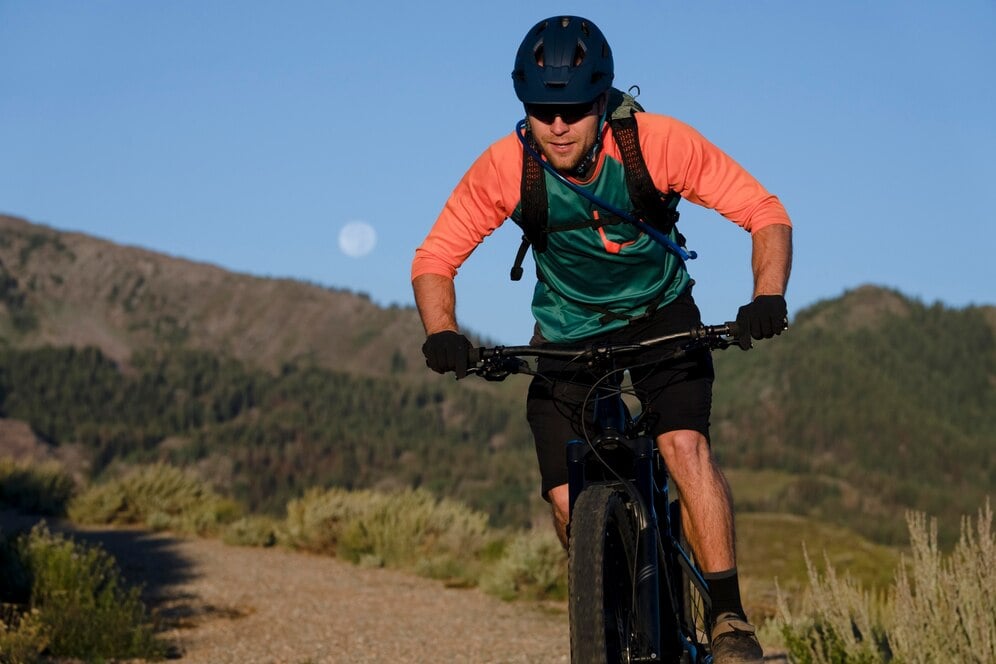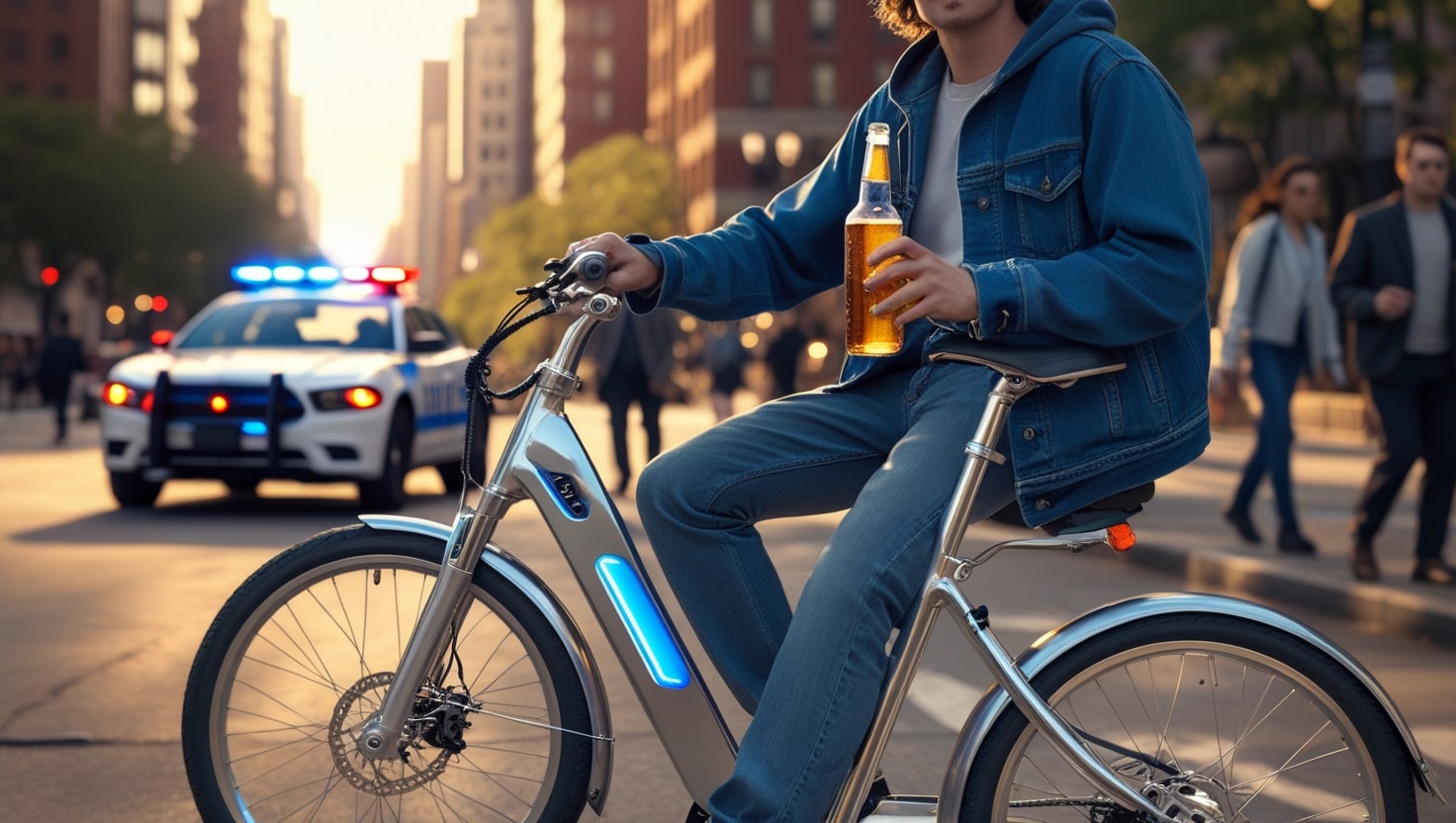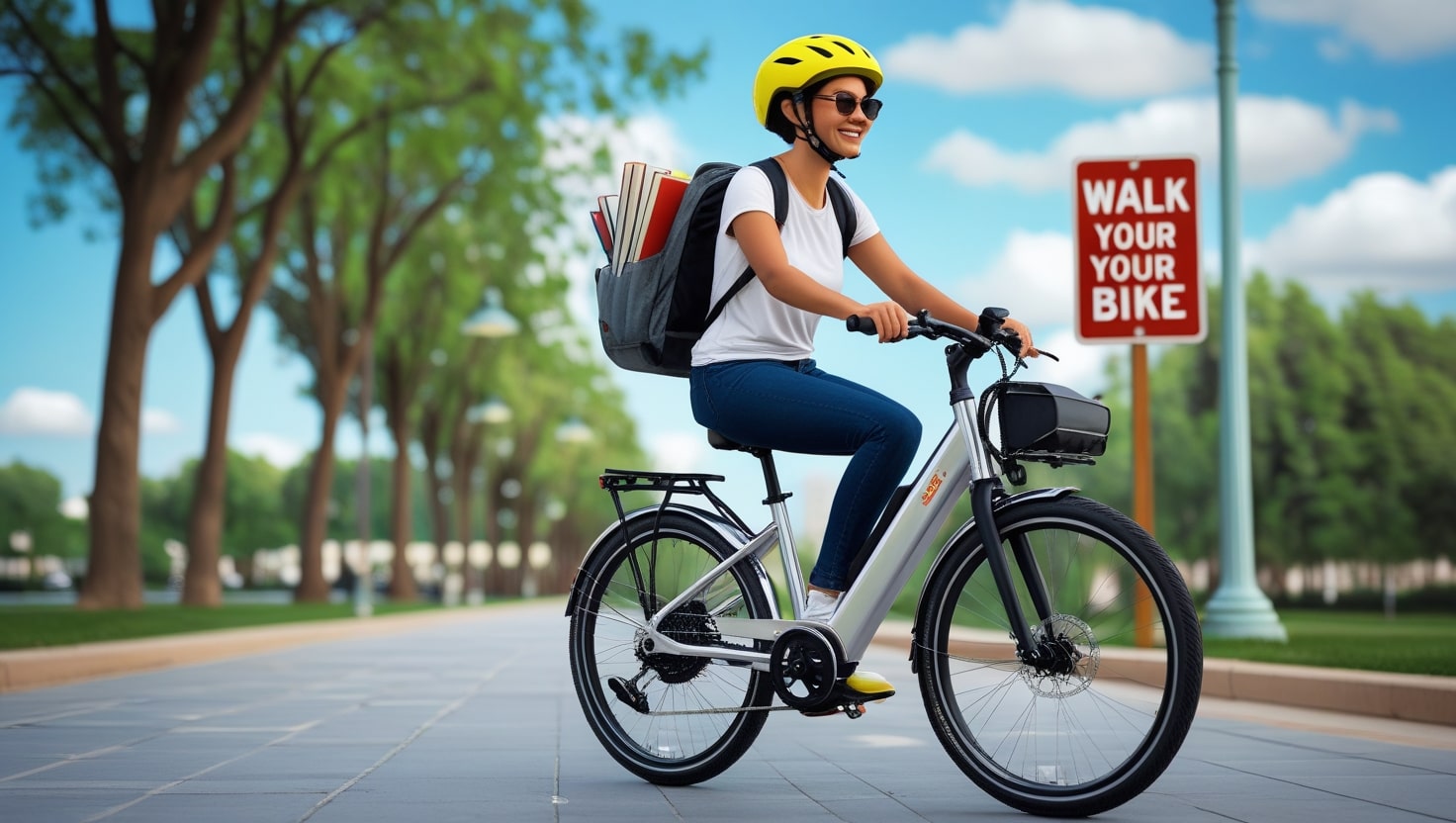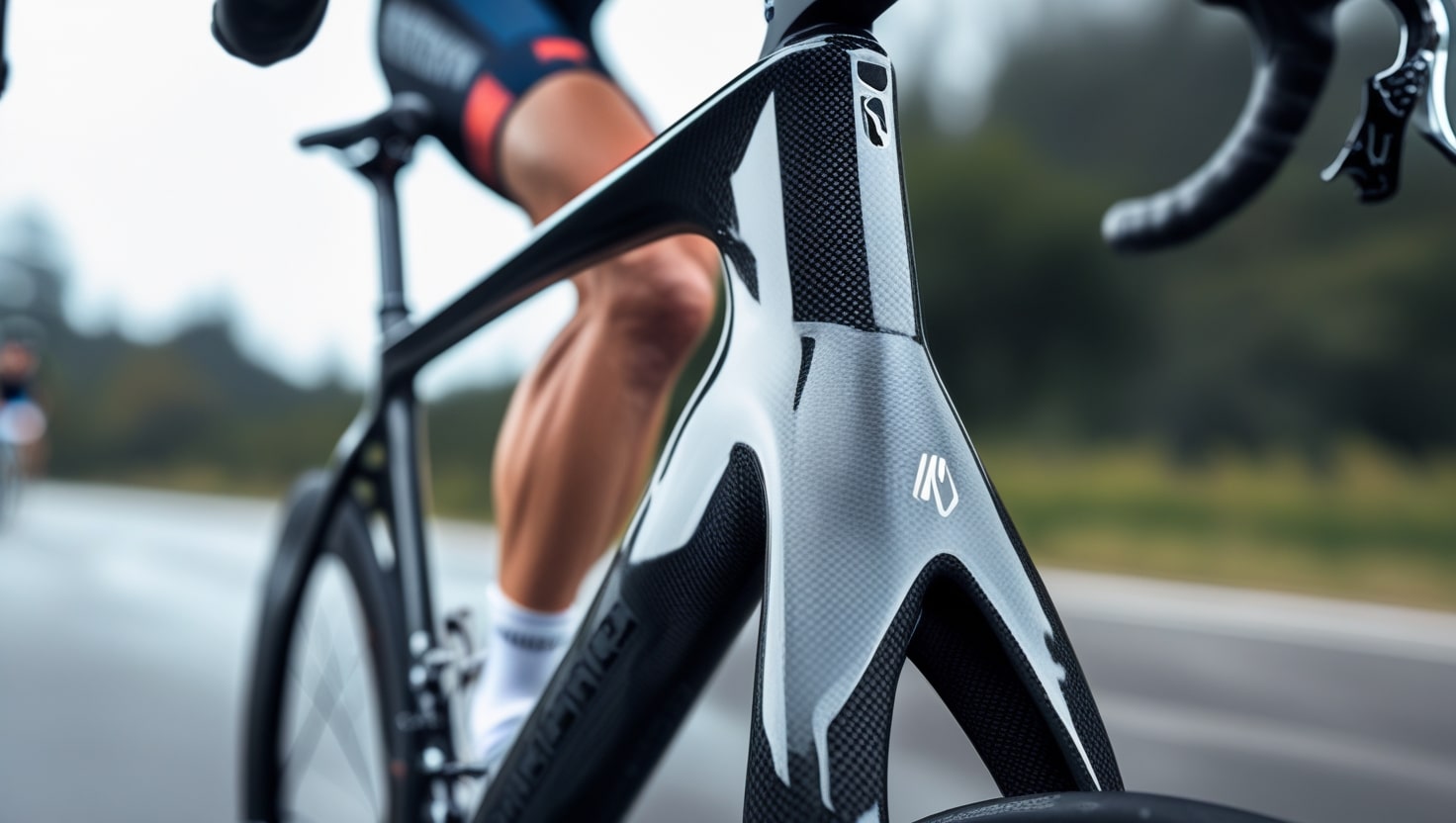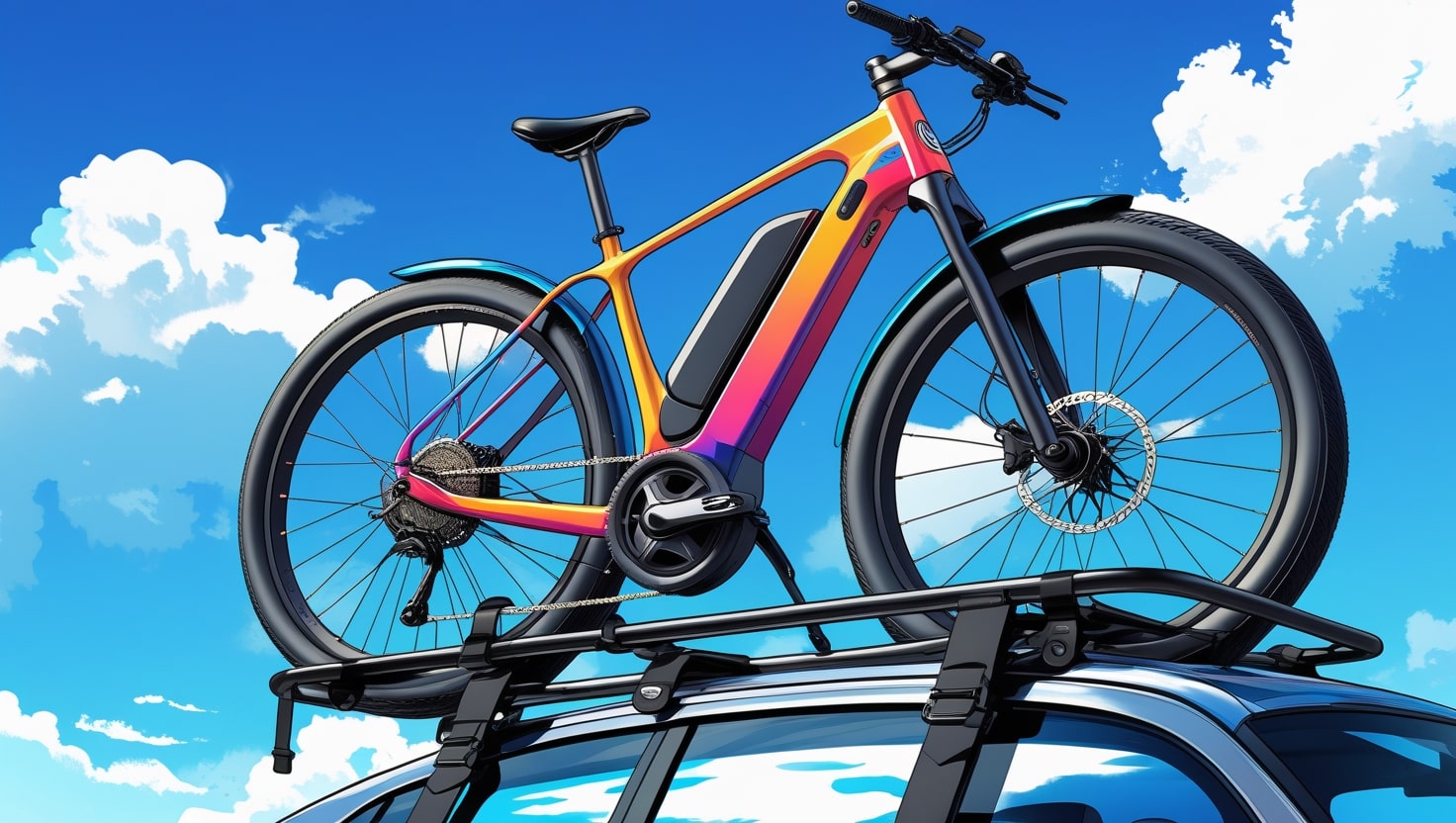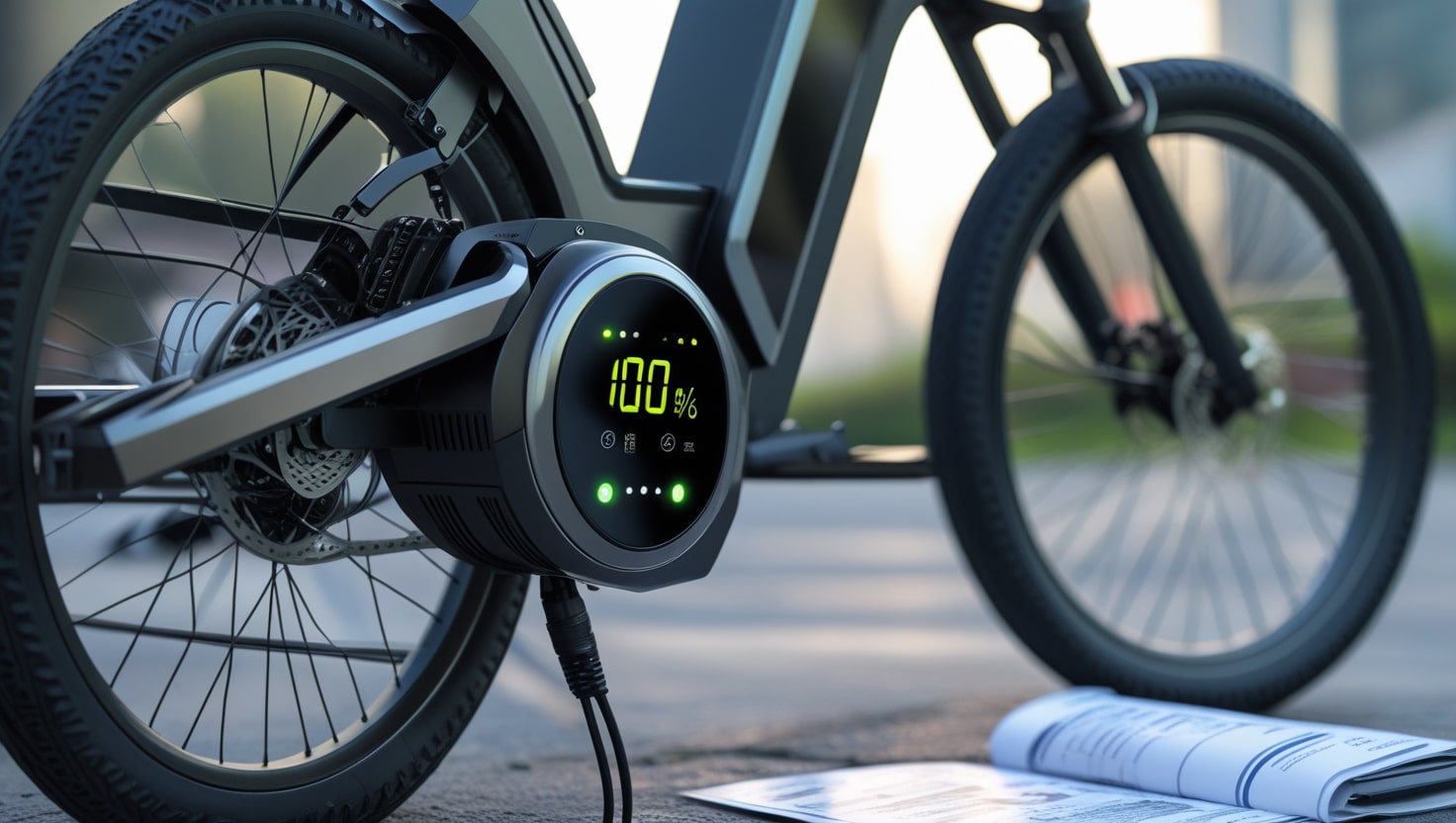When it comes to long-distance cycling, many riders see road bikes as the gold standard because of their choice of gear, helping cyclists adapt to different terrain—using a high setting for flat ground and a low one for hilly ascents. But how do single speeds compare? While these bikes are often viewed as exemplary for city commuting or a quick errand, their pros and cons become apparent when measuring their performance over miles of open roads.
The lack of multiple gear settings means they demand a different riding approach, relying on endurance and strength rather than shifting assistance. Riders must carefully measure their energy and pedal efficiency, especially when tackling varied terrain.
However, their simplicity also reduces maintenance, making them a practical choice for those who enjoy straightforward cycling. This article explores the key types of riders who may benefit, along with essential tips and are single speed bikes good for long distance
Riding long distance on single speed bikes: the pros
Let’s go on to the pros. Some advantages of riding at a single speed for fifty miles or more.
You build your fitness
Riding a single-speed bike on hilly terrain may be harder than using a geared one, but it pushes your physical limits and builds fitness over time. Without the option to shift gear, you have to manage your effort efficiently, using pure power to tackle hills and maintain speed. This constant challenge makes you stronger, and when you switch to a geared setup, every ascent feels easier because your endurance and leg strength have significantly improved.
Your bike is super strong

A single-speed bike is incredibly strong and can handle an extended ride without many issues. Unlike geared bikes, it has fewer moving parts, which means there’s less that can go wrong mechanically. The result is a hardy setup that keeps you riding smoothly, rather than being stuck on the road and dealing with a dodgy derailleur.
Smooth Riding on Flat Terrain
If you’re covering long distances on flat terrain, a single-speed bike makes the ride easy and hassle-free. Without gears or chain dramas, all you need to do is pedal, steer, and focus on the road ahead. This simplicity allows you to truly enjoy the view without constant adjustments, making it a stress-free way to travel.
Simplicity and low maintenance
Compared to their multi-geared counterparts, single-speed bikes offer unmatched simplicity with fewer components to worry about. The absence of derailleurs and a straightforward drivetrain translates to a more streamlined riding experience with minimal maintenance. This reduced complexity means fewer unexpected breakdowns, making it a truly hassle-free choice for long-distance cyclists. Plus, repairs are more accessible for riders who prefer a hands-on approach, ensuring that keeping the bike in top shape is easy and efficient.
Lightweight and agile
Whether you’re commuting through a busy city or exploring the open countryside, single-speed bikes make for an enjoyable and dynamic journey. Their lightweight design and nimbleness allow riders to weave through traffic, tackle tight turns, and handle varied terrain with ease. By ditching unnecessary gears, these bikes maintain a simple single-gear ratio, which not only reduces excess weight but also enhances their responsive handling.
The freedom of riding a bike that feels unburdened by complexity means you can truly relish the experience, whether you’re cruising down straight roads or conquering winding paths. Their agile nature guarantees adaptability, making them an excellent option for those who appreciate a smooth, no-fuss ride.

Cost-effective
Single-speed bikes offer an affordable way to unlock the world of cycling without breaking the bank. With lower initial costs and the promise of long-term savings, they are the perfect choice for budget-conscious commuters looking for a wallet-friendly entry into the biking realm. These bikes prove that quality and economy can coexist on two wheels, making them a smart investment for those who want a reliable ride without spending too much.
Riding long distance on single speed bikes: the cons
Long-distance cycling on a single-speed bike might be difficult for a few reasons.
Difficulty on Hills
While geared bicycles have the upper hand when traveling over steep ground, a single-speed bike demands more strength and endurance. Without the option of switching to an appropriate gear, riders must expend more energy as they pedal uphill, making long climbs exhausting. This means a ride could feel much longer before needing a pit stop.
To conquer climbs, it’s important to adopt smart strategies like maintaining a consistent pace and knowing when to adjust your body position to optimize power. Standing when needed helps generate extra force, while learning to anticipate the terrain and approach hills with momentum can make the effort smoother. Some riders even consider upgrading their gear ratio to a more suitable setting for inclines, helping them push through challenging sections with greater efficiency.
Slower average speeds
If you’re feeling the need for speed, a single-speed bike may not be the best option. Geared bikes maintain a faster average pace because their bicycle gears allow riders to travel at an optimal speed regardless of the terrain. Unlike a fixie or single-speed setup, which relies entirely on leg power, gears help distribute effort more efficiently, making long rides easier at higher speeds.
Related: North Dakota Ebike Laws
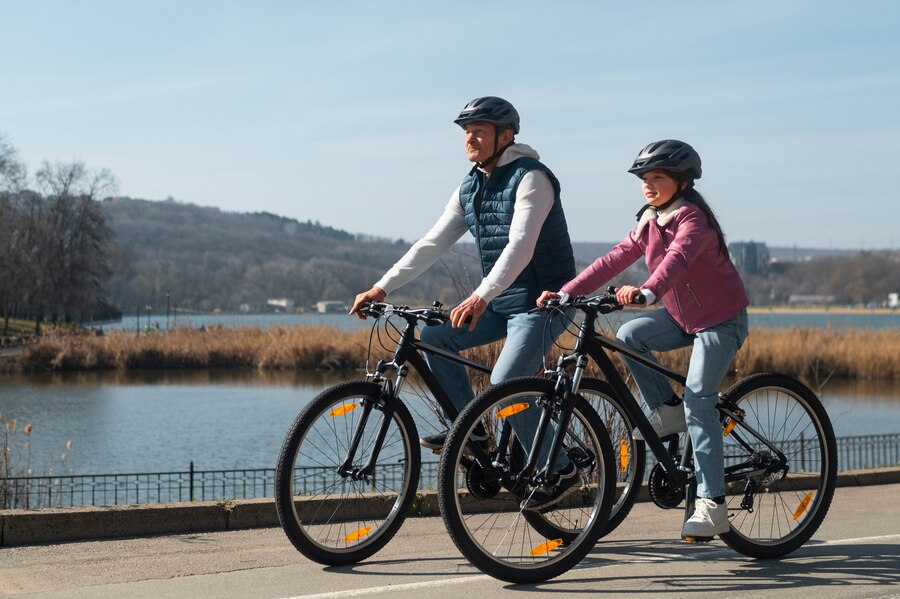
Limited gear options
While single-speed bikes offer simplicity, their limited gear options can be a double-edged sword. With a restricted range, adapting to varied terrains becomes a challenge, especially when facing steeper inclines that demand more effort. On the other hand, flat stretches might lack the speed some riders prefer. Understanding these limitations is crucial for those who frequent diverse landscapes, as it ensures a balance between the bike’s demands and the rider’s needs.
Less versatility
While single-speed bikes are simple and reliable, their inherent limitations can impact their versatility on different surfaces. The absence of multiple gears restricts their adaptability to varied terrains, making climbing steep hills or navigating challenging landscapes more demanding due to a fixed gear ratio. Additionally, the lack of variety in gearing can limit speed potential on flat stretches, meaning they might not be ideal for off-road trails or competitive cycling.
Not ideal for commuting long distances
A fixed gear setup limits a bike’s adaptability to varying terrains, which can potentially lead to fatigue and discomfort on extended journeys. The absence of gears hinders the ability to adjust speed to changing conditions, making it harder to maintain efficiency when covering substantial distances. For some riders, these drawbacks may outweigh the benefits of simplicity, especially for those who need a reliable ride for long commutes.
For a smoother experience, consider alternatives like multi-speed bikes specifically designed for longer commutes. Options like kids hybrid bikes, such as the Shadowplay Junior 24” Wheel, or touring bikes offer added comfort and flexibility. These models ensure a more efficient ride for commuters embarking on lengthier trips where adaptability is key.
Related: Nebraska eBike Laws

Tips for riding long distances on a single speed
Gradually increase distance and speed
If you’re used to riding a bike with gears, going long distance on a single-speed can feel challenging, particularly when cycling on steep terrain. The key is to build your stamina slowly by gradually increasing both your speed and the distance you travel. With time, you’ll find that each new ride becomes easier, helping you adapt to the demands of long-distance cycling.
Use pedal straps
Attaching pedal straps or toe cages to your pedals can make your pedaling more efficient, especially on long rides. These accessories help you apply power on both the upward and downward motion, ensuring better energy transfer with each stroke.
Related: New Mexico Ebike Laws
Optimise your gear ratio
When riding in the city, the best ratio for a single-speed bike typically stands at 44:18, offering a smooth and balanced performance. However, to prepare for a hilly, long-distance route, altering the gear setup can make a difference. Something along the lines of 44:16 or 46:18 can help you manage steep sections more easily, giving you better control and reducing fatigue on long climbs.

Summary
The answer is yes—single-speed bikes can be a good option for long-distance travel, but they require endurance and strategy. A seasoned cyclist can manage up to 100 miles in a day, and the record for fixie cycling even stands at 415 miles in just 24 hours. However, factors like terrain and fitness level inevitably make a difference to the ride. If you’re willing to spend a full day out on your bike, you shouldn’t rule out a single-speed for your next long-distance adventures.
Related: Arkansas Ebike Laws
Related: Oklahoma Electric Bike Laws

